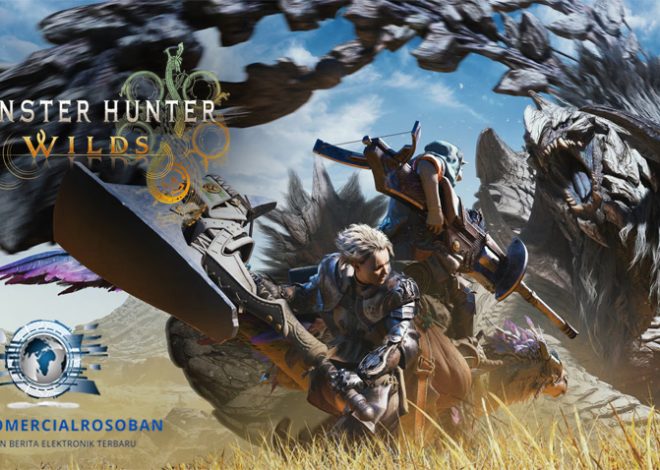
The Allure and Evolution of Devil May Cry: A Gaming Revolution
Introduction Devil May Cry
When Capcom released “Devil May Cry” in 2001, it revolutionized the action-adventure genre and gave birth to a franchise that would captivate millions worldwide. The series, known for its intricate story, stylish action, and complex characters, has transcended its video game origins to become a staple in popular culture. This article delves into the allure and evolution of Devil May Cry, examining how it went from a groundbreaking title to a beloved series.
Origin and Development
Devil May Cry started as an offshoot of Capcom’s Resident Evil series but quickly gained its identity, thanks to the vision of its creator, Hideki Kamiya. The development team aimed for a cinematic experience, fusing hack-and-slash gameplay with intricate storytelling. The character of Dante, a demon hunter with an insatiable lust for action and a complex past, was the perfect protagonist for this dark fantasy world.
Gameplay Mechanics
One of the standout aspects of Devil May Cry is its gameplay mechanics. It introduced the “Style Meter,” which rewards players for executing varied and visually appealing attacks, encouraging creativity. The combat system, blending gunplay and swordplay, has been refined over multiple entries. Devil May Cry 5, the latest title as of 2021, further adds to this by introducing different playable characters, each with unique combat styles and abilities.
Storytelling and Characters
While gameplay is a central pillar, Devil May Cry also shines in its storytelling. Dante, the half-demon, half-human protagonist, offers a mix of cocky humor and deep emotional range. Over the years, we’ve seen the introduction of other compelling characters like Vergil, Nero, and Trish, each adding layers to the intricate story that blends familial drama, demon lore, and redemption arcs.
Cultural Impact
this game is more than a video game series; it’s a cultural phenomenon that has inspired a generation of gamers and creators. The franchise has also ventured into other media, with an anime series and comic adaptations expanding the universe further.
Reception and Legacy
Critical and commercial success have cemented Devil May Cry’s place as a classic. The series has collectively sold millions of copies worldwide and has received several awards. Though it has had its ups and downs—Devil May Cry 2 was criticized for its diluted gameplay and Devil May Cry 4 for its incomplete narrative—the franchise has largely maintained a high standard, and each new entry is met with anticipation.
Devil May Cry in the Modern Era
After a long hiatus and a controversial reboot, the franchise returned to its roots with Devil May Cry 5 in 2019. Its use of modern game engines and technologies allows for breathtaking visuals, while the narrative ties up many loose ends, giving a sense of closure yet leaving room for future entries.
Conclusion Devil May Cry
this game series has set a high bar for action-adventure games, pioneering mechanics that have been adopted and adapted by other titles in the years since its debut. Its compelling characters, stylish action, and deep narrative have turned it into a beloved franchise.
From its iconic characters to its indelible impact on the gaming world, this game remains a series that captures the imagination, delivering a gaming experience that is as emotionally engaging as it is exhilarating. And in a world brimming with action-adventure titles, that’s no small feat.



